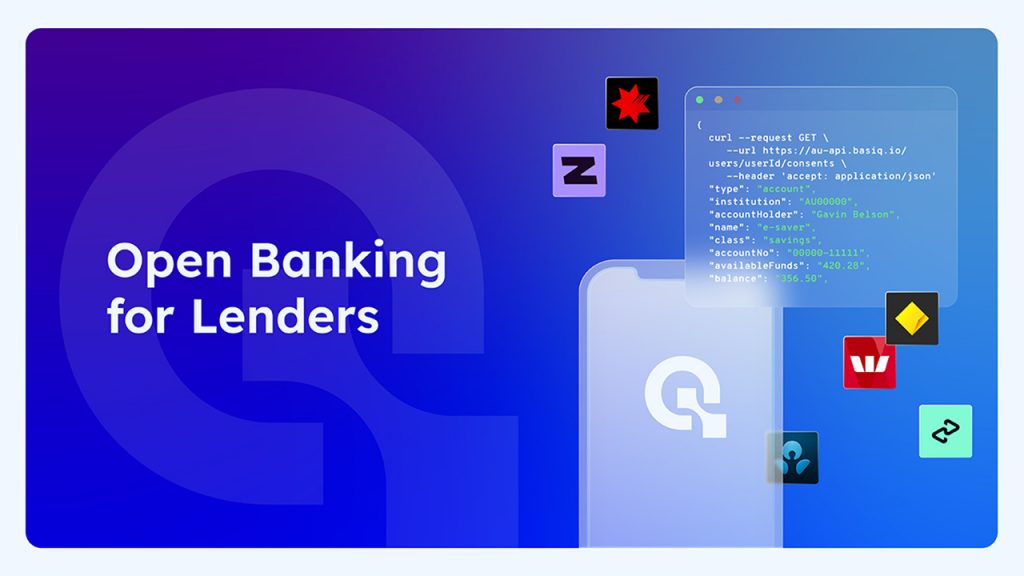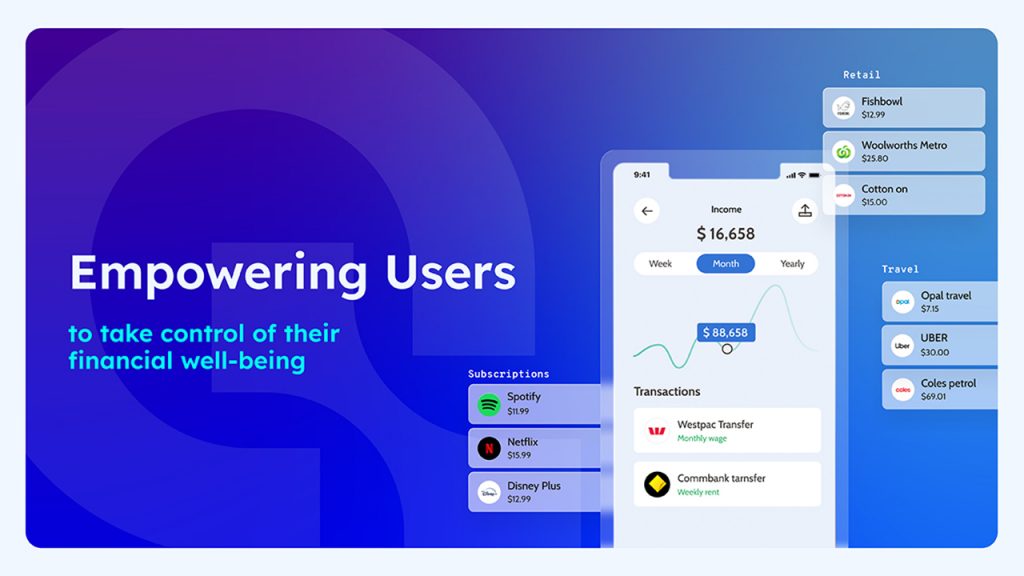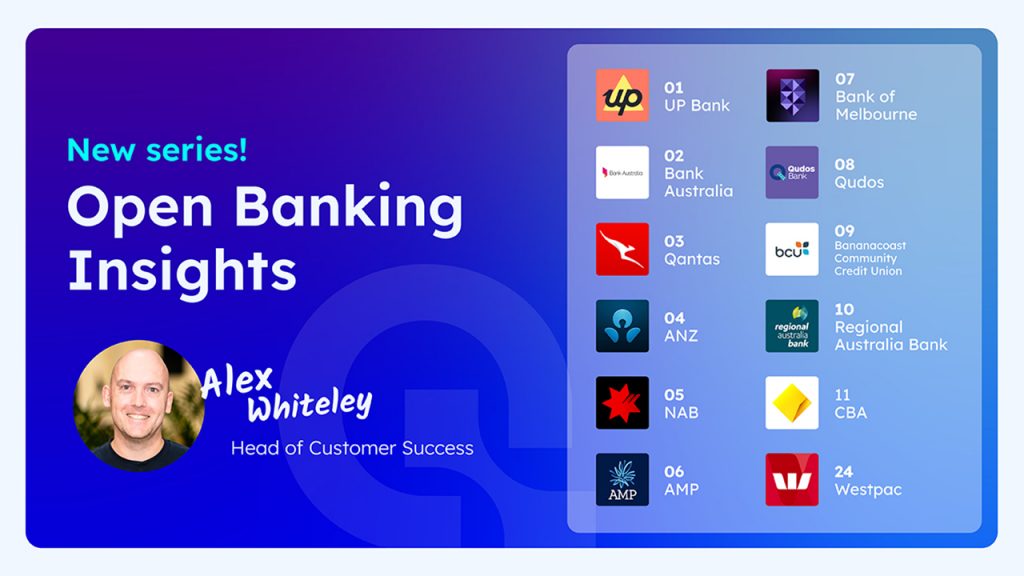Update: As at 16/07/21 we have moved the image to Figma to keep it fresh. Find it here.
Intro
This is the inaugural article for the Basiq Insights content series. The weekly series aims to analyse the Australian Fintech ecosystem and how it moves toward ‘Fintech 3.0’ – a level of industry maturity that we will evolve in the next ten years. There will be ten editions all up, so keep your eyes and ears peeled.
Context
Financial technology companies are growing rapidly, with many building upon their initial product and moving into more diversified products and services. This journey started off by ‘Unbundling‘ Banks – or attacking a specific Banking product and providing a better user experience on top. As product-market fit was reached, this allowed Fintechs to absorb more and more of a Bank’s product suite, known as ‘Rebundling‘. This has created hype in the industry – asking questions such as ‘Will Fintechs replace Banks in the future?‘1 This article looks to address that question: where did this start, how is it progressing, and what’s next?
Unbundling is so last decade
In 2015, venture capitalist Tom Loverro claimed that “Banking is under attack”2 due to the number of Fintechs that were eating away at “just about every valuable and revenue-generating activity that traditional players engage in”23. His thesis was supported by an image, showing how many Fintechs in the US are vying for a slice of the financial services pie. This spawned the frequently-shared and almost landmark image by CB insights named “Unbundling of a Bank”, whereby the whole US Fintech landscape was shown to be consuming parts of the Wells Fargo product suite. There was no better way to visually represent how the Fintech ecosystem was growing.
Down Under
In Australia, the story is no different. Australian Fintechs are completely reinventing the traditional banking experience. The increasingly-lowered barriers to entry to financial services has meant that a wealth of companies (no pun intended) are able to offer products and services that are completely different to what Banks offer today. If we were to recreate the ‘Unbundling of a Bank‘ image from 2015 and provide a 2021 version from Australia, this is what it’d look like:

Fig 1.0 – Australian Fintechs attacking CBA’s product suite
The Fintech landscape has been growing at an unprecedented rate4 and Australia was one of the first markets to not only embrace Fintech, but redefine what a financial services company could (and should) be. As Banks are unbundled, we are laying witness to the following remarkable changes:

Fig 2.0 – Fintech Sectors / Companies Unbundling Products
- Buy Now Pay Later is having a marked impact on the uptake of credit cards5
- Financial Advice, having been through a regulatory centrifuge, is leading people to self-educate and manage their own money through apps such as Raiz and Spaceship
- Travel cards and foreign exchange Fintechs are embracing interbank exchange rates to provide lower costs, wrapped in a great user experience (Transferwise, Revolut)
- Digital broker networks and digital home loan origination platforms are completely removing the need for visiting a branch
- Overlay services e.g. Osko on the New Payments Platform (NPP) are helping you forget your BSB and Account Number
- Personal finance management is making an exodus from Excel to the palm of your hand
- …and some Fintechs are recreating Banks from the ground up (Up, Hay, 86 400, Volt and Xinja)
So as Banks are being Unbundled, there’s a pertinent question: what happens next?
Enter Rebundling
What we’re witnessing is the decentralisation of Banking – away from “That’s who you should go to” toward “What suits you best?”
Rebundling, as outlined by Deloitte6, is the process whereby Fintechs start offering not just one product or service, but multiple. Fintechs, spurred by growth, brand and capital, are poised to offer a range of products upon reaching their initial product-market fit. Zip is a great example:

Fig 3.0 – Zip Rebundles a Bank7
They started out as a revolving line of credit (Zip Money), then moved into in store and online payments (Zip Pay), then acquired a personal finance manager (Pocketbook), then into business loans (Zip Biz), then into virtual card issuing (Shop Everywhere). Zip has begun to offer not one, but multiple products that Banks had previously offer – typifying ‘Rebundling‘. The list goes on:
- Afterpay announced a partnership with Westpac & 10x to offer Savings accounts and personal finance management (PFM) as part of ‘Afterpay Money’
- Neobank 86 400 are now offering home loans via a broker network, in addition to their neobank and PFM product
- Raiz Invest allows you to invest in managed funds, as well as take out single item insurance
- Spaceship allows you to invest in managed funds, and now you can keep your Super there
- Early wage access companies allow you to access your wage before it is paid, while offering sophisticated personal finance management tools
- Revolut initially offered great FX rates, and has now grown into a personal finance manager and even crypto investing platform
- BNPL Humm spawned ‘Bundll’ allowing you to shop anywhere that accepts Mastercard and you can repay the balance over time
- Wise (previously Transferwise) offers a travel / debit card as well as serving as a remitter
- Airwallex released a corporate expense card, as well as accounts, as well as FX, as well as card issuing
The traditional banking ‘one stop shop’ has moved away from a branch to the palm of your hand. Propelled by the digitsiation of money, the low barriers to entry and increasing customer choice, Banks are increasingly focusing on their core and letting Fintechs provide the swanky experiences. This has paved the way for Fintechs to Rebundle a Bank’s product suite under your brand. What we’re witnessing is the decentralisation of Banking – away from “That’s who you should go to” toward “What suits you best?“.
What are Banks doing?
Banks are not oblivious to the Fintech threat. Although Rebundling is the next wave of Fintech – there’s no Fintech in Australia that can claim they provide a one-stop-shop for all your financial needs. In fact, according to the ABA8, upwards of 19M Australians have a unique account with a Bank. If the legal age to open an account is 14 (excluding CBA’s Dollarmites and Westpac’s Bump) – roughly ~95% of Australians have an active account / relationship a Bank (whether it be a Big Four, Tier 2, Tier 3 etc). If you include NAB’s study of financial exclusion in 20149, this figure is closer to 99%. Fintechs aren’t replacing Banks yet. But as they Rebundle, they will get progressively closer.
Discover more with Basiq
- Learn more about Open Banking in Australia.
- Find out more about the uses cases of financial data, enabled via the Basiq platform.
- Download the exclusive Visualising An Open Finance Ecosystem to understand the evolution from Open Banking to Open Finance.
The Basiq content series aims to support the Fintech community and is not incentivised, monetarily or otherwise, to promote the companies featured in the posts
References
- https://www.opengrowth.com/article/can-fintech-ever-replace-banks-in-the-future
- https://tomloverro.com/post/102797126721/banking-is-under-attack-heres-a-screenshot-of
- https://tomloverro.com/post/102797126721/banking-is-under-attack-heres-a-screenshot-of
- https://www.invoiceinterchange.com.au/australian-fintech-growth-opportunities/
- https://www.canstar.com.au/credit-cards/buy-now-pay-later-vs-credit-card/
- https://www2.deloitte.com/uk/en/pages/financial-services/articles/re-bundling-the-bank.html
- https://en.wikipedia.org/wiki/Zip_Co_Limited
- https://www.ausbanking.org.au/data/
- https://www.nab.com.au/content/dam/nabrwd/documents/reports/financial/2014-measuring-financial-exclusion-in-australia.pdf
Article Sources
Basiq mandates its writers to leverage primary sources such as internal data, industry research, white papers, and government data for their content. They also consult with industry professionals for added insights. Rigorous research, review, and fact-checking processes are employed to uphold accuracy and ethical standards, while valuing reader engagement and adopting inclusive language. Continuous updates are made to reflect current financial technology trends. You can delve into the principles we adhere to for ensuring reliable, actionable content in our editorial policy.




